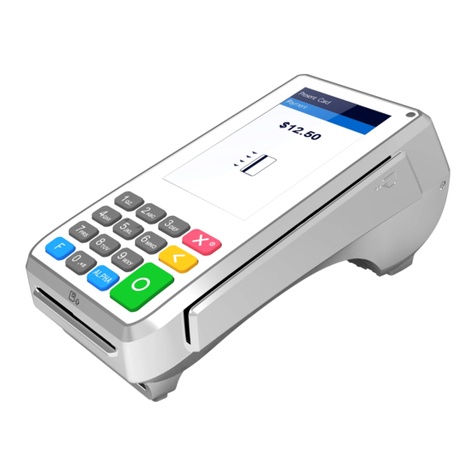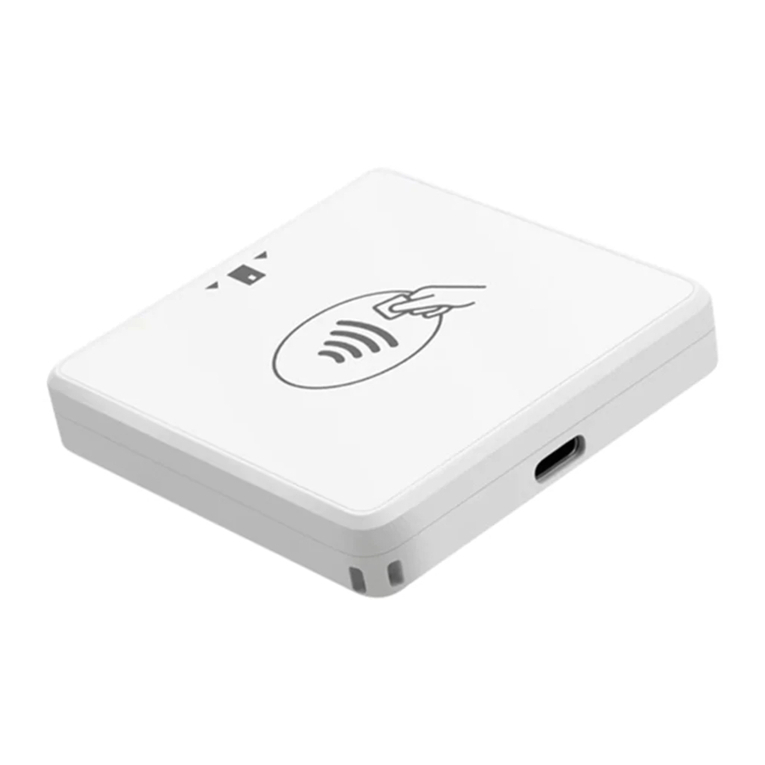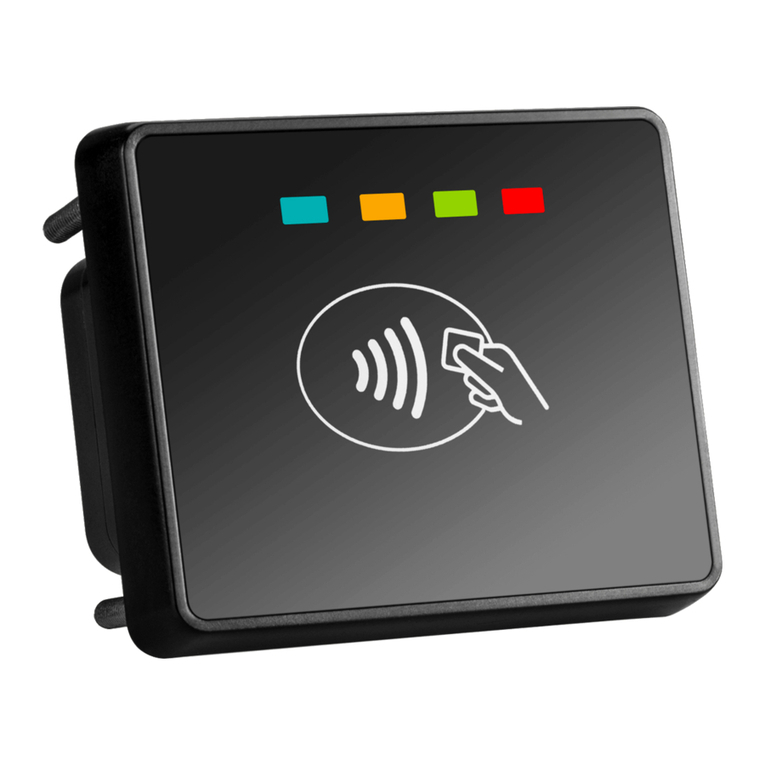
Relative humidity: 10%~93% (Non-condensing)
Storage Condition Storage temperature: -20℃~70℃
Relative humidity: 10%~93% (Non-condensing)
3. Installation and Usage Tips
1)Avoid putting the terminal in direct sunlight, high temperature, moist, or dusty environment.
2)Forbid non-professional to repair the terminal.
3)Before insert the card, please check internal and around of IC card slot. if you found some
suspicious objects , must report to related administrator.
4. Lithium Ion Battery Usage Tips
1)Avoid putting the battery in sunlight or smoke, dusty environment.
2)Forbid crushing, treading ,throwing the battery into fire or liquid.
3)Replace the battery immediately if it is damaged(exothermic or distorted).
4)It is recommended changing battery that used more than two years.
FCC Regulations:
This device complies with part 15 of the FCC Rules. Operation is subject to the following
two conditions: (1) This device may not cause harmful interference, and (2) this device
must accept any interference received, including interference that may cause undesired
operation.
This device has been tested and found to comply with the limits for a Class B digital
device, pursuant to Part 15 of the FCC Rules. These limits are designed to provide
reasonable protection against harmful interference in a residential installation. This
equipment generates, uses and can radiated radio frequency energy and, if not installed
and used in accordance with the instructions, may cause harmful interference to radio
communications. However, there is no guarantee that interference will not occur in a
particular installation If this equipment does cause harmful interference to radio or
television reception, which can be determined by turning the equipment off and on, the
user is encouraged to try to correct the interference by one or more of the following
measures:
-Reorient or relocate the receiving antenna.
-Increase the separation between the equipment and receiver.
-Connect the equipment into an outlet on a circuit different from that to which the receiver
is connected.
-Consult the dealer or an experienced radio/TV technician for help.
Caution: Changes or modifications not expressly approved by the party responsible for
compliance could void the user‘s authority to operate the equipment.

























